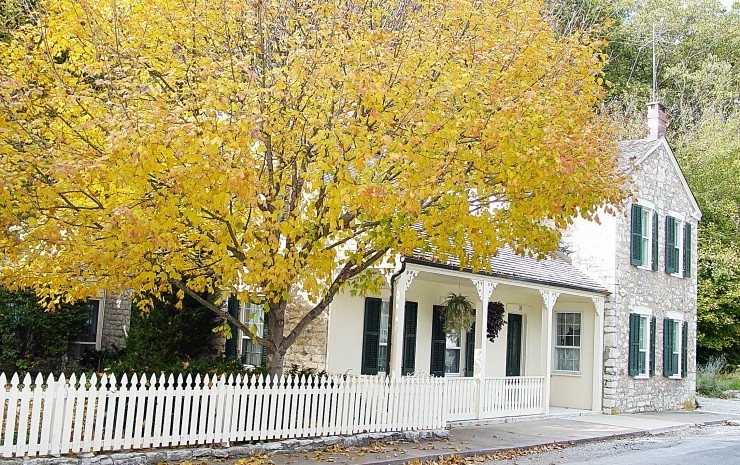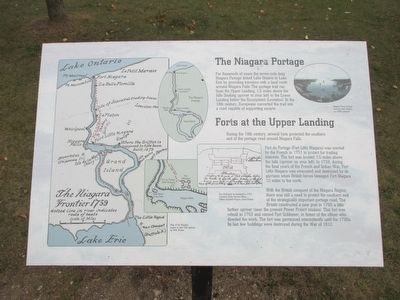Welcome to the Elsah Historic District, a charming village with a rich tapestry of history that dates back to the mid-19th century. Founded in 1853 by James Semple, a prominent lawyer and U.S. Senator from Illinois, Elsah was established with a unique vision. Semple offered free lots to anyone who would build houses using stone from his quarry, leading to the village’s distinctive stone architecture.
The name ‘Elsah’ is believed to have been inspired by Ailsa Craig, the last outcropping James Semple’s family saw as they departed Scotland for America. By 1861, Elsah had grown to its current size due to geographic and economic constraints. Known as the ‘New England of the Midwest,’ the village showcases a variety of 19th-century architectural styles including Greek Revival, Gothic Revival, and Italianate.
In its early years, Elsah thrived as a key shipping point for agricultural goods. However, its prominence dwindled with the arrival of the railroad. The establishment of Principia College in the 1930s breathed new life into the village. Designed by architect Bernard Maybeck, the college campus is a National Historic Landmark and exemplifies Maybeck’s late architectural style.
One cannot discuss Elsah without mentioning the Great River Road, completed in 1964, which opened up the village to tourism. Despite this development, Elsah has maintained its quaint, historical charm, earning a place on the National Register of Historic Places in 1973.
The village’s resilience was tested during the Great Flood of 1993, which caused significant damage. Yet, its historic buildings, including those along LaSalle and Mill Streets, survived and continue to tell the story of this unique community. Today, Elsah is not just a historical site but a living community, with its proximity to bald eagle watching locations and the Sam Vadalabene Bike Trail making it a favorite stop for nature enthusiasts year-round.



